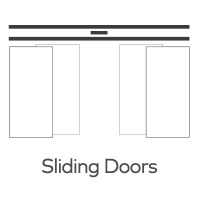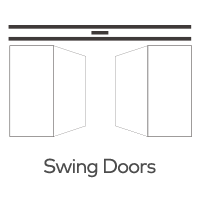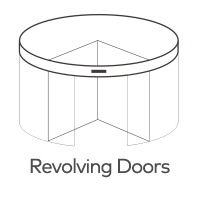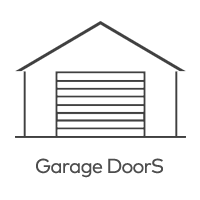What are the main components of a gate motor control board?
Gate motor control boards play a crucial role in the operation of automatic gate systems. These control boards serve as the "brains" of the gate motor, providing the necessary commands and signals to open, close, and control the gate. In this article, we will explore the main components of a gate motor control board and understand their functions in ensuring smooth and efficient gate operation.

1. Microcontroller:
At the heart of the gate motor control board lies the microcontroller, which acts as the central processing unit. It receives input signals from various sources, processes them, and generates output signals to control the gate motor. The microcontroller executes the programmed instructions, ensuring proper gate functionality and responding to user commands.
2. Motor Driver:
The motor driver is responsible for controlling the gate motor's movements. It receives signals from the microcontroller and amplifies the power to drive the motor. The motor driver adjusts the motor's speed, torque, and direction based on the control signals received, allowing the gate to open or close smoothly.
3. Sensors and Switches:
Gate motor control boards are equipped with various sensors and switches to monitor and control the gate's position, safety, and operation. These can include limit switches that detect when the gate reaches its fully open or closed position, safety sensors that prevent the gate from closing on objects or people, and obstacle detection sensors that stop the gate's movement if an obstruction is detected.
4. Input/Output Interfaces:
Gate motor control boards feature input/output (I/O) interfaces to connect external devices and sensors. These interfaces may include terminals for wired remote controls, keypads, intercom systems, or proximity card readers. The I/O interfaces enable communication between the control board and external devices, allowing users to operate the gate through different means.
5. Power Supply:
Gate motor control boards require a reliable power supply to function properly. A power supply circuit provides the necessary voltage and current to operate the control board and power the motor. Depending on the gate system, the power supply may be AC-powered or DC-powered, and some control boards may also support a backup battery system for uninterrupted operation during power outages.
6. Control Panel and Display:
Many gate motor control boards feature a control panel and display for user interaction and system monitoring. The control panel allows users to configure settings, input access codes, and view system status. The display provides visual feedback, such as gate status, error codes, or diagnostic information, aiding in troubleshooting and maintenance.
Conclusion:
Gate motor control boards are essential components in automatic gate systems, responsible for controlling the motor's movements, monitoring safety features, and facilitating user interaction. Understanding the main components of a gate motor control board, including the microcontroller, motor driver, sensors, I/O interfaces, power supply, and control panel, helps users grasp the complexity and functionality behind these intelligent gate systems. By ensuring the proper functioning and maintenance of these components, homeowners can enjoy secure, convenient, and reliable gate operation for their properties.







